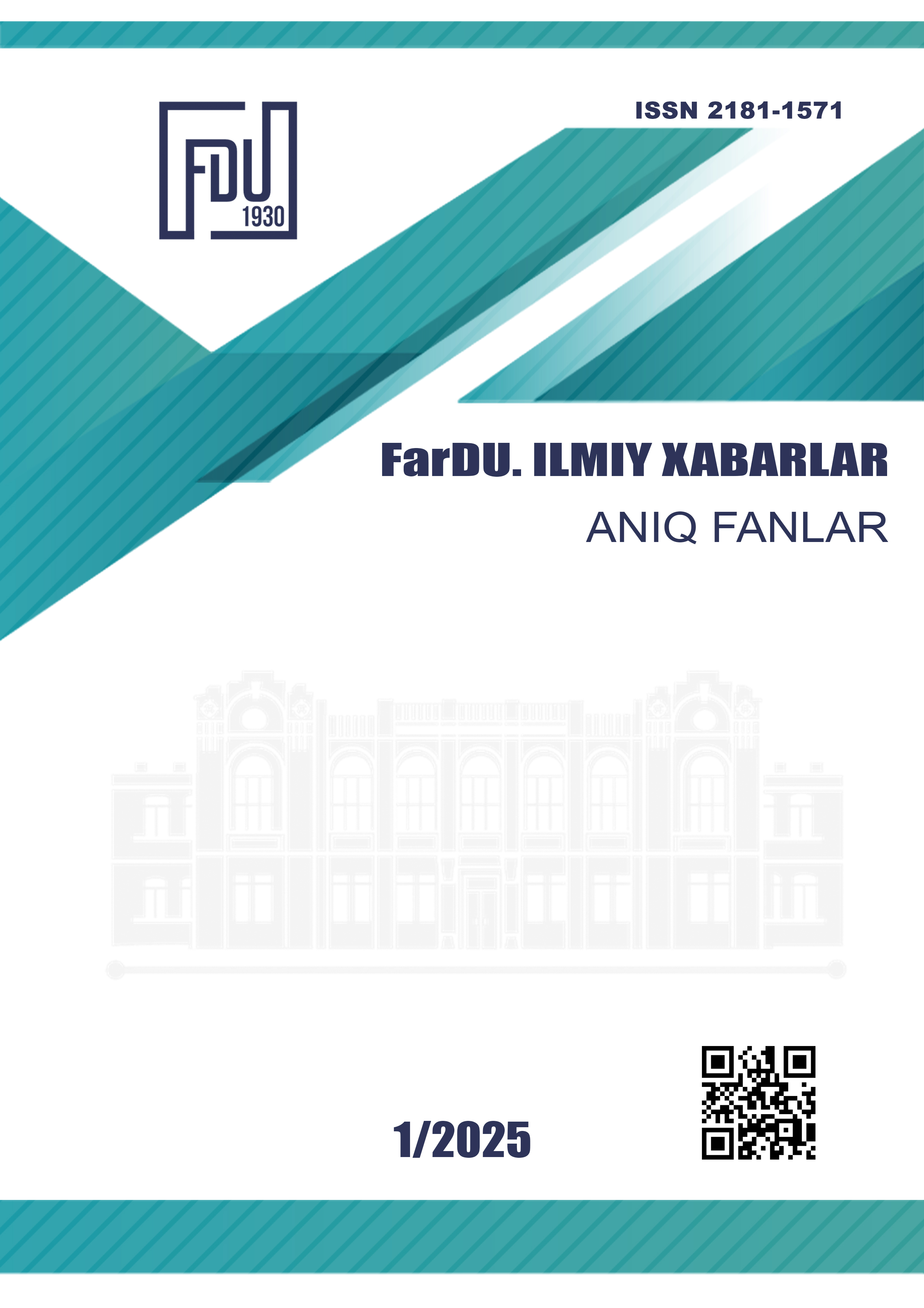EVALUATING SUBSTRATE TYPES FOR ENHANCED HYDROPONIC STRAWBERRY YIELD AND QUALITY
Keywords:
Hydroponics, substrates, perlite, coconut coir, root, water retentionAbstract
Strawberries are a widely consumed fruit, valued for their nutritional benefits and sensory qualities, including high levels of bioactive compounds. Traditional soil-based cultivation poses challenges such as limited growing seasons and susceptibility to soil-borne diseases, prompting interest in hydroponic systems for strawberry production. The choice of substrate plays a critical role in hydroponic systems, influencing water retention, aeration, and nutrient availability, which directly impacts plant growth and fruit quality. This study evaluates three substrates coconut coir, perlite, and soil on their effectiveness in enhancing hydroponic strawberry yield and quality. The experiment, conducted in a controlled hydroponic environment, measured growth parameters including stem height, number of leaves, number of flowers, and flowering rate. Results showed that coconut coir outperformed both perlite and soil, with the highest values across all growth parameters. These findings suggest that coconut coir is the most effective substrate for optimizing hydroponic strawberry growth, making it a suitable choice for hydroponic strawberry production systems aiming to maximize yield and fruit quality.
References
Bamforth, C. W. (2006). New brewing technologies: setting the scene. In Brewing (pp. 1–9). Elsevier.
Cao, H., Han, Y., Peng, J., & Peng, X. (2023). Improving soil moisture content to increase strawberry growth indicators using the hydroponic method. Water Science & Technology: Water Supply, 23(7), 2927–2939. https://doi.org/10.2166/ws.2023.158
Giampieri, F., Tulipani, S., Alvarez-Suarez, J. M., Quiles, J. L., Mezzetti, B., & Battino, M. (2012). The strawberry: Composition, nutritional quality, and impact on human health. Nutrition (Burbank, Los Angeles County, Calif.), 28(1), 9–19. https://doi.org/10.1016/j.nut.2011.08.009
Milosevic, T. M., Milosevic, N. T., & Glisic, I. P. (2009). Strawberry (Fragaria X ananassa Duch.) yield as affected by the soil pH. Anais Da Academia Brasileira de Ciencias, 81(2), 265–269. https://doi.org/10.1590/s0001-37652009000200012
Sahin, U., Ercisli, S., Anapali, O., & Esitken, A. (2004). Regional distribution and some physico-chemical and physical properties of some substrates used in horticulture in turkey. Acta Horticulturae, 648, 177–183. https://doi.org/10.17660/actahortic.2004.648.21
Shuttleworth, L. A., Papp-Rupar, M., Passey, T., & Xu, X. (2021). Extending the lifetime of coconut coir media in strawberry production through reuse and amendment with biochar. Acta Horticulturae, 1317, 397–402. https://doi.org/10.17660/actahortic.2021.1317.46
Shylla, B., Sharma, A., Thakur, M., & Handa, A. (2018). Perlite-an effective soilless substrate for producing strawberry plants free from nematode transmitted viruses. International Journal of Current Microbiology and Applied Sciences, 7(03), 398–403. https://doi.org/10.20546/ijcmas.2018.703.046
Stirling, C. (1997). The production of protected strawberries in perlite. Acta Horticulturae, 439, 509–524. https://doi.org/10.17660/actahortic.1997.439.86
Woznicki, T., Kusnierek, K., Vandecasteele, B., & Sønsteby, A. (2023). Reuse of coir, peat, and wood fiber in strawberry production. Frontiers in Plant Science, 14, 1307240. https://doi.org/10.3389/fpls.2023.1307240
Xu, S., Shi, D., Chen, H., Ma, F., Tao, G., Meng, L., Lin, D., Wu, S., & Fei, Q. (2024). Comparison of the flavor characteristics in three kinds of strawberry fruits. Food Research International (Ottawa, Ont.), 198(115363), 115363. https://doi.org/10.1016/j.foodres.2024.115363
Downloads
Published
Issue
Section
License
Copyright (c) 2025 Scientific journal of the Fergana State University

This work is licensed under a Creative Commons Attribution-NonCommercial-NoDerivatives 4.0 International License.
How to Cite
Most read articles by the same author(s)
- , , , , , BIOGEOCHEMISTRY OF ELEMENTS IN SIEROZEMS AND NATURAL MEDICINAL PLANTS , Scientific journal of the Fergana State University: No. 3 (2024): FarDU.Ilmiy xabarlar jurnali (Aniq va tabiiy fanlar)
- Obidov Muzaffar, Botirova Durdigul, Shoxnoza Zakirova, Dilfuza Egamberdieva, BIOLOGICAL CONTROL OF COTTON DISEASE BY BACTERIAL AGENTS , Scientific journal of the Fergana State University: No. 3 (2024): FarDU.Ilmiy xabarlar jurnali. Ilova to'plam (Aniq va tabiiy fanlar)
- , , , TECHNOLOGY FOR PREPARING A NUTRIENT MEDIUM FOR MICROALGAE (EXAMPLE OF ANKISTRODESMUS) , Scientific journal of the Fergana State University: No. 2 (2025): FarDU ilmiy xabarlari jurnali (Tabiiy fanlar)

